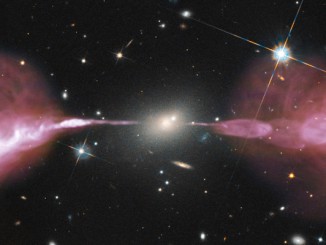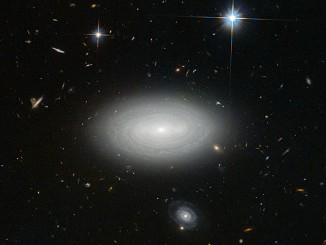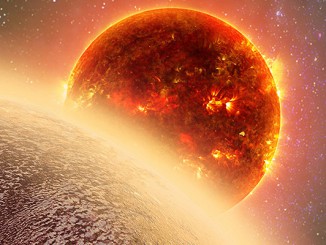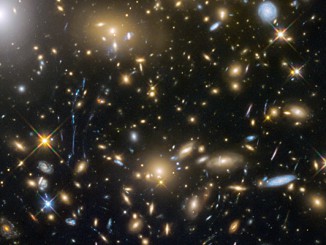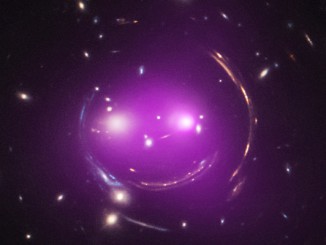
Where Alice in Wonderland meets Albert Einstein
The latest results from the “Cheshire Cat” group of galaxies 4.6 billion light-years away in the constellation Ursa Major show how manifestations of Einstein’s 100-year-old Theory of General Relativity can lead to new discoveries today. Astronomers have given the group this name because of its resemblance to the smiling feline from Alice’s Adventures in Wonderland.



